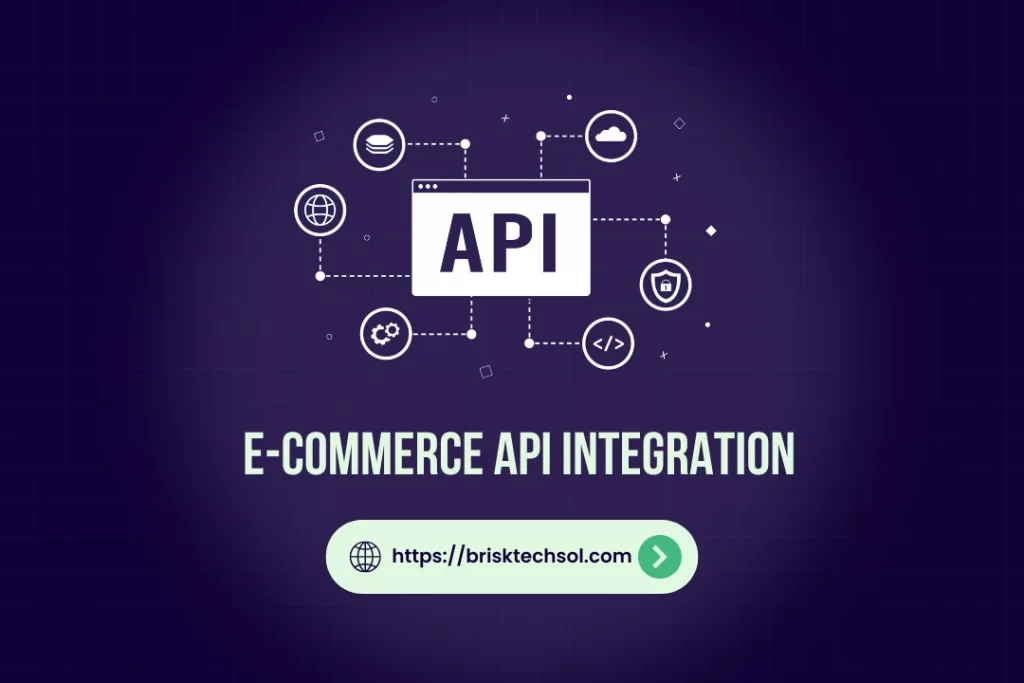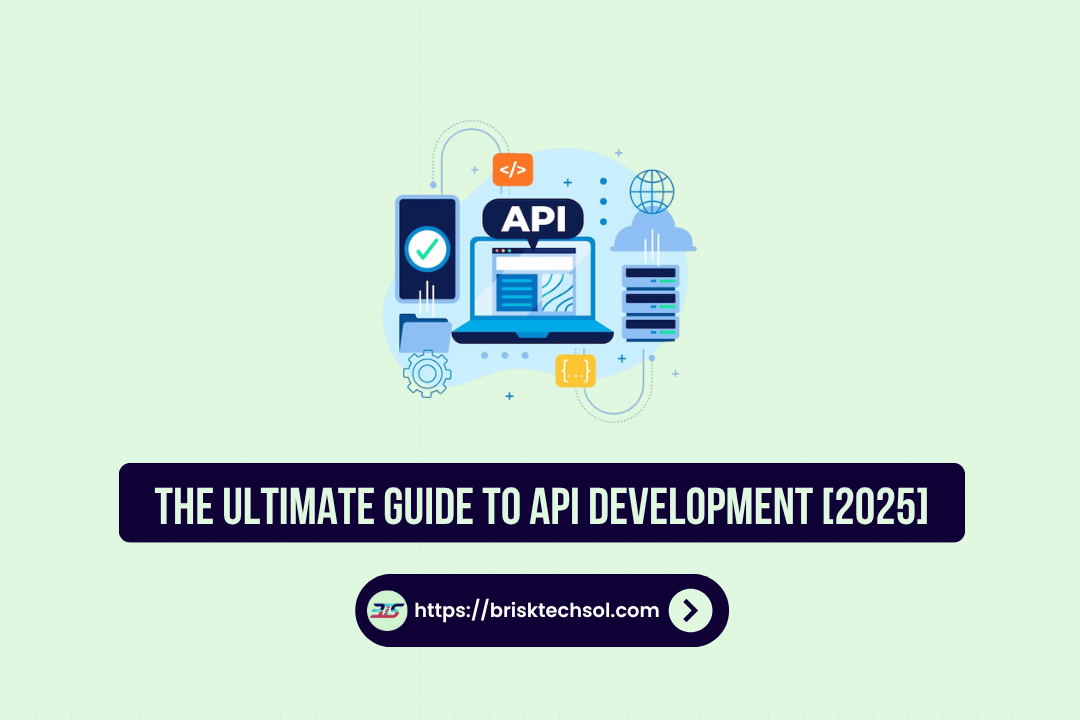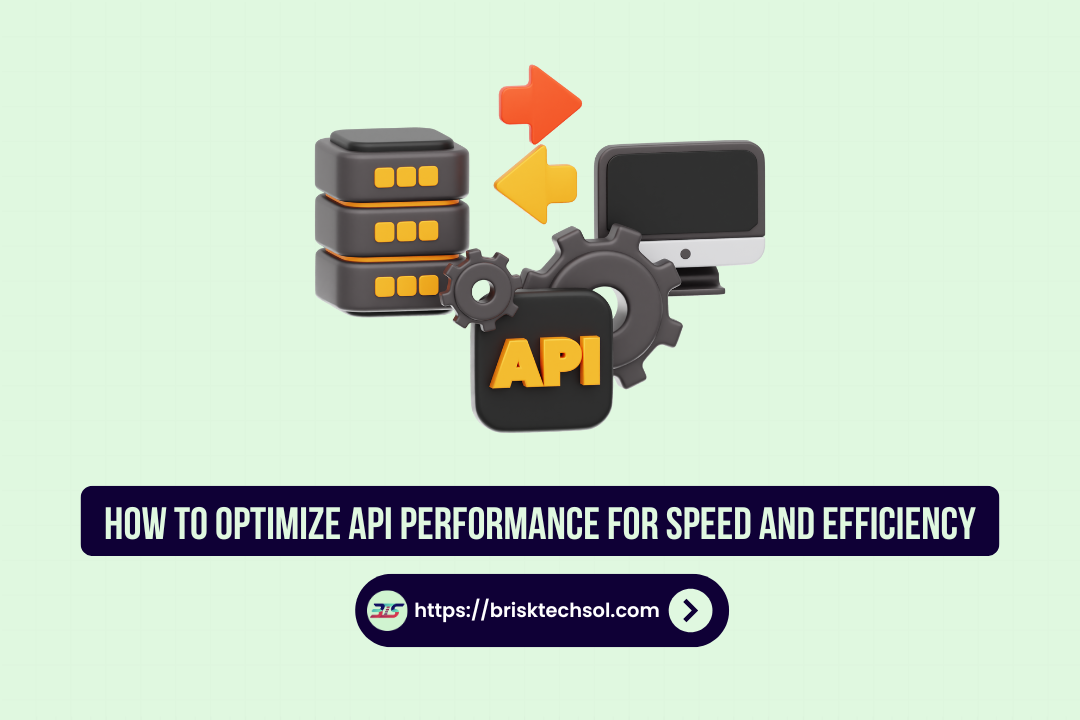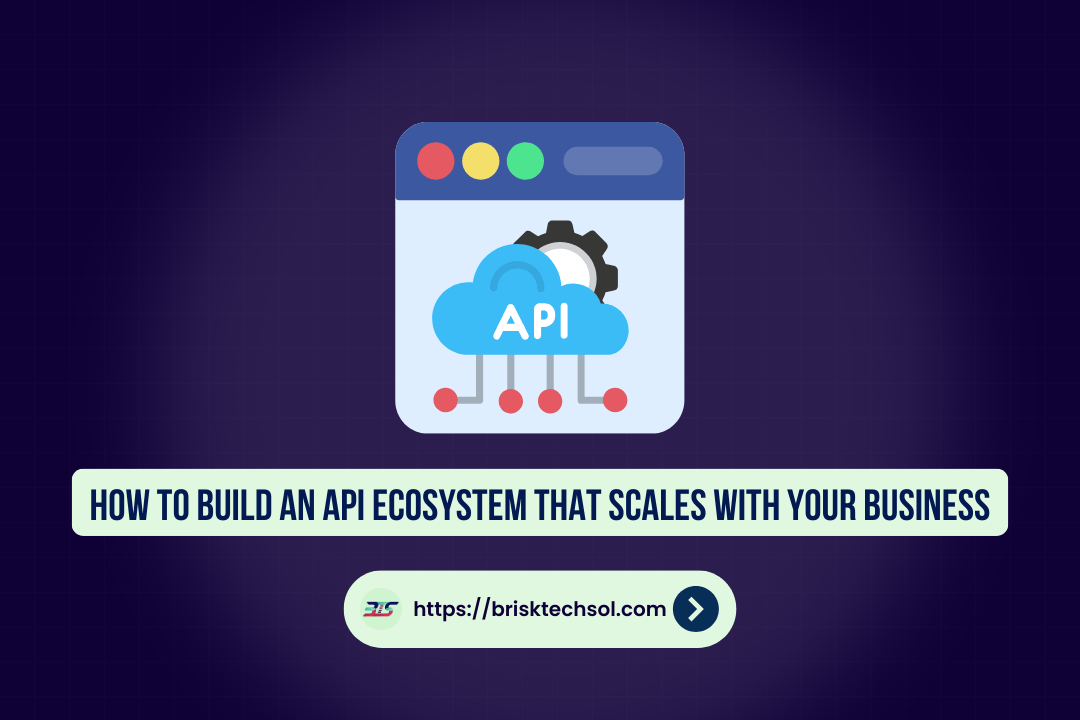In today’s eCommerce world, API (Application Programming Interface) integration is crucial for businesses looking to improve efficiency and grow. E-commerce api integration allow different software systems to communicate easily, automating tasks like payments, inventory management, and customer service. This integration streamlines operations and improves the customer experience, making it a critical component for online success.
What is Ecommerce API Integration?
Ecommerce API integration is the process of connecting an online store’s systems with other applications, platforms, or services to automate tasks, transfer data in real time, and create a more seamless user experience. Through APIs, online stores can link payment gateways, inventory management, CRM systems, shipping providers, and much more.
APIs are structured in several ways:
REST (Representational State Transfer): Popular due to its scalability and simplicity, REST APIs use standard HTTP protocols to allow various applications to exchange data.
SOAP (Simple Object Access Protocol): Known for robust security features, SOAP APIs are commonly used in applications requiring more secure data exchanges, like financial and payment integrations.
GraphQL: GraphQL APIs offer flexibility, allowing clients to request exactly what they need. This is ideal for complex eCommerce systems that rely on selective data fetching to optimize performance.
In essence, an API acts as a middleman, enabling different systems to interact and share data seamlessly without the need for manual intervention.
Key Points
Benefits of Ecommerce API Integration
API integration offers substantial benefits for eCommerce businesses, helping automate operations, optimize customer experiences, and improve overall efficiency.
Increased Efficiency
By integrating APIs, eCommerce businesses can automate various tasks that would otherwise be time-consuming and repetitive. For example, inventory updates, order processing, and pricing adjustments can all be handled without manual input, saving time and reducing human error.
Real Time Data Synchronization
APIs allow real-time data sync across different systems. This means that product stock levels, pricing, and customer information are always current, which is especially crucial for inventory management and customer satisfaction.
Scalability
APIs make it easy to add new features or integrate with additional platforms as the business grows. For example, if a business wants to expand its operations to other eCommerce marketplaces like Amazon or eBay, API integration allows a smooth addition without disrupting existing systems.
Enhanced Customer Experience
With APIs, customer data can be synchronized across CRM, marketing, and sales platforms, enabling personalized and easy customer interactions. A unified view of customer data allows for personalized recommendations, streamlined order history, and targeted marketing, which can enhance customer satisfaction and loyalty.
Flexibility
APIs empower businesses to tailor their solutions to meet specific needs, adapting the technology to fit unique business models and objectives. Instead of being limited by pre-built software solutions, eCommerce businesses can leverage APIs to build customized features and services.
Key Points
Key Types of APIs in Ecommerce
Different APIs serve different functions in eCommerce, from managing inventory to processing payments. Here’s a closer look at some of the most critical APIs for online retailers:
Payment Gateway APIs
Payment Gateway APIs connect eCommerce platforms to payment service providers (like PayPal, Stripe, or Square). They handle secure transactions, process credit cards, and enable various payment options. Payment APIs often include features like fraud detection, multi-currency support, and PCI compliance, ensuring a secure and seamless payment experience.
Inventory Management APIs
Inventory APIs manage and synchronize product data, keeping stock levels accurate across multiple sales channels. This prevents overselling, ensures customers always see accurate inventory, and streamlines the order fulfillment process.
Shipping APIs
Shipping APIs integrate with courier services (like FedEx, UPS, or USPS), enabling real-time shipping rates, tracking, and delivery options. They also provide tools for automated label printing and shipping notifications, helping streamline logistics and enhance the customer’s experience.
CRM/ERP APIs
CRM and ERP APIs link eCommerce sites with back-end systems, managing customer relationships and operational data. By integrating customer information from CRM systems, businesses can provide personalized services and manage customer data efficiently. ERP integration can synchronize data across finance, sales, and supply chain management, creating a unified and streamlined business process.
Key Points
Challenges in Ecommerce API Integration
While API integration is valuable, it comes with its own set of challenges that businesses need to address.
Compatibility Issues
Integrating different platforms and APIs can lead to compatibility issues, especially when dealing with legacy systems or multiple eCommerce platforms like Shopify, WooCommerce, and Magento. These platforms may use different protocols and require specific API formats to function effectively.
Data Security
APIs, especially those handling payment and personal data, must be secure to protect against data breaches and unauthorized access. Security protocols such as HTTPS, OAuth, and API key validation are essential to prevent unauthorized access and ensure that sensitive data remains secure.
Maintenance and Updates
APIs require ongoing maintenance to keep them functional and updated. Providers often update their APIs to improve performance, add new features, or enhance security. Regular maintenance helps prevent downtime and ensures APIs continue to function effectively.
Complexity in Integration
Integration can be complex, particularly if the business lacks experienced developers or proper documentation. This can delay implementation and lead to technical challenges that hinder operations. For a smooth integration, businesses should ensure they have access to clear documentation and skilled developers familiar with API integration.
Key Points
Best Practices for Ecommerce API Integration
Successful API integration requires planning, expertise, and adherence to best practices to ensure smooth and secure functionality.
Choose the Right API
Select APIs that are compatible with your existing technology stack and align with business goals. Evaluate factors like scalability, ease of use, and community support to choose APIs that will be reliable and flexible over time.
Prioritize Security
Security should be a top priority when integrating APIs. Use authentication protocols like OAuth or API keys, and make sure all data transfers occur over HTTPS. Regularly audit your API integrations to ensure they remain secure and compliant with industry standards.
Monitor and Optimize
Track the performance of your APIs to ensure they are functioning optimally. Tools like Postman, Datadog, or New Relic can help monitor APIs, identify bottlenecks, and ensure efficient response times.
Collaborate with Experts
Partnering with professional API integration specialists can simplify the process and reduce potential challenges. Experienced developers can help implement best practices, ensure smooth integration, and troubleshoot issues if they arise.
Key Points
The Future of Ecommerce API Integration
The future of API integration in eCommerce is likely to see an increased focus on headless eCommerce, where the front-end presentation layer is separated from the back-end system, allowing for more customization and flexibility. Artificial intelligence and machine learning are also expected to play a role, providing predictive insights and automated actions based on customer data. As more businesses adopt an omnichannel approach, API integration will become even more essential in connecting platforms and ensuring consistent user experiences across various channels.
Key Points
Rising Trends:
| Trend | Description | Impact on eCommerce |
|---|---|---|
| Headless eCommerce | Decouples frontend presentation from backend systems for greater customization. | Allows more personalized and flexible user experiences. |
| AI and Machine Learning | Utilizes AI to provide predictive analytics and automate decision-making. | Enhances personalization and operational efficiency. |
| Omnichannel Integrations | Connects multiple sales channels easily through APIs. | Provides a unified customer experience across all platforms. |
Summary
Ecommerce API integration is more than a technical choice. it’s a strategic move that can grow an online business. By automating workflows, enhancing data synchronization, and providing flexible, scalable solutions, API integration enables eCommerce companies to operate more efficiently and serve customers better. As you assess your eCommerce systems, consider which APIs can bring the most value to your operations, and leverage this powerful technology to take your business to new heights.
FAQs About E-commerce API Integration
What is an Ecommerce API, and why is it important?
An eCommerce API allows online stores to connect with other systems and platforms, automating processes, enhancing data sharing, and creating seamless customer experiences.
How do APIs improve eCommerce business operations?
APIs automate repetitive tasks, provide real-time data updates, and enable connections with payment, inventory, and shipping systems, improving efficiency and customer satisfaction.
Can APIs integrate with all types of eCommerce platforms?
Most APIs can integrate with popular platforms like Shopify, WooCommerce, and Magento, though compatibility depends on the specific API and platform requirements.
What are the security risks associated with Ecommerce API integration?
Potential risks include data breaches and unauthorized access. Secure API implementation with protocols like HTTPS, OAuth, and API keys can mitigate these risks.
How much does it cost to integrate an API into an eCommerce site?
The cost varies based on the API’s complexity, the platform, and the development work required. Prices can range from a few hundred to several thousand dollars.
How do I know if my API integration is working effectively?
Regular monitoring using tools like Postman or Datadog can help assess API performance, ensuring that data flows correctly and response times are optimal.
What are the best practices for ensuring a smooth API integration?
Choose compatible APIs, prioritize security, continuously monitor performance, and collaborate with experienced developers or integration specialists.









